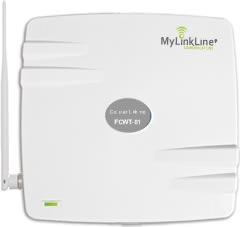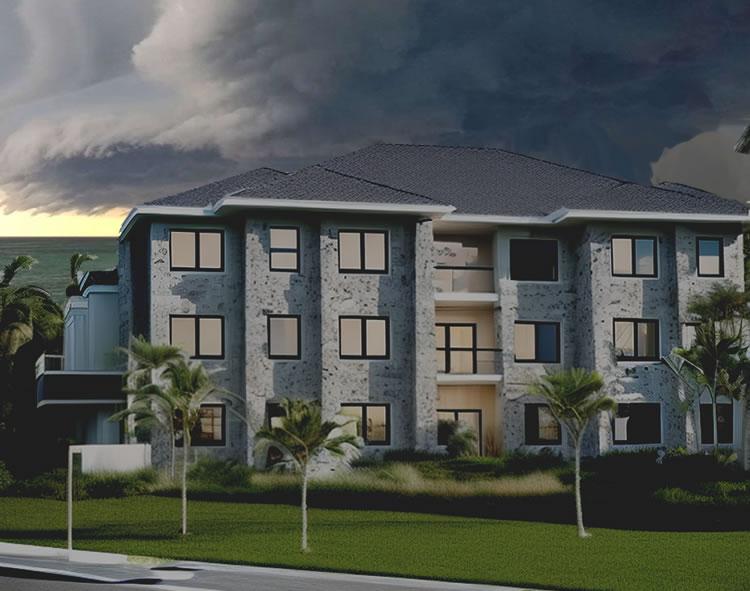Hurricane Preparedness for Business: 9 Key Steps to Take
Ensure business continuity with effective hurricane preparedness for business. Safeguard assets and operations. Expert guide for resilience.
Hurricane Preparedness for Business: A Comprehensive Guide to Ensuring Continuity
Natural disasters like hurricanes can have devastating effects on businesses, disrupting operations, damaging infrastructure, and causing financial losses. To safeguard your business and ensure its continuity during and after a hurricane, thorough hurricane preparedness for business is essential. This article offers a comprehensive guide to help businesses effectively navigate the challenges posed by hurricanes and minimize potential risks.
Hurricane Preparedness for Business
Switch Your Existing Elevator Phone Lines to Cellular and Save 35% or More Every Month!
Cellular elevator phone lines are often considered better in the event of a natural disaster for several reasons:
Cellular networks are designed with redundancy and resilience in mind. They consist of multiple cell towers that can cover a wide area. In the event that one tower is damaged or knocked out due to a natural disaster, other nearby towers can still provide coverage. This redundancy ensures that communication remains available even if some infrastructure is compromised. Furthermore, MyLinkLine provides a 24-hour phone monitoring service that can be combined with cellular phone lines to achieve extra cost savings.

1. Risk Assessment – Hurricane Preparedness for Business
The first step in hurricane preparedness for business is conducting a thorough risk assessment. Understand your business’s vulnerability to hurricanes based on its location, proximity to coastlines, historical data of past hurricanes, and the building’s structural integrity. Identify critical assets, equipment, and facilities that could be affected by a hurricane, and assess the potential impact on employees, customers, and stakeholders.
2. Emergency Response Plan
Develop a detailed emergency response plan tailored to your business’s needs. This plan should include evacuation procedures, communication protocols, and roles and responsibilities of key personnel during a hurricane. Ensure all employees are well-versed in the plan and conduct regular drills to practice responses to different scenarios.
3. Communication Strategies
Clear communication is paramount before, during, and after a hurricane. Establish communication channels that will remain operational during the disaster. Implement a notification system to keep employees informed about office closures, remote work arrangements, and safety updates. Also, have a communication strategy for notifying clients, suppliers, and partners about any disruptions in your services.
4. Data Backup and Recovery
Backing up critical data and systems is crucial to minimize downtime and data loss during a hurricane. Regularly back up essential files to off-site or cloud storage. Create a disaster recovery plan that outlines the steps to restore data and systems once the hurricane passes. Test these recovery processes periodically to ensure their effectiveness.
5. Physical Infrastructure Preparations
Invest in physical measures to fortify your business premises against hurricane impacts. Reinforce windows and doors, secure outdoor equipment, and anchor large objects that could become projectiles in high winds. Consider investing in storm shutters or impact-resistant glass to protect windows from debris.
6. Supply Chain and Inventory Management
Review and strengthen your supply chain management to mitigate disruptions caused by a hurricane. Maintain an inventory of essential supplies, materials, and products to sustain operations during and after the disaster. Establish relationships with alternative suppliers in less vulnerable regions to ensure continuity in the event of disruptions.
7. Employee Safety and Well-being
Prioritize the safety and well-being of your employees. Provide resources and information to help them prepare for the hurricane at home and work. Consider offering flexible work arrangements, such as remote work options, during the storm to ensure employees’ safety and peace of mind.
8. Insurance and Financial Preparations
Review your business insurance policy to ensure it covers hurricane-related damages and losses. Understand the policy’s terms, exclusions, and coverage limits. Consider seeking advice from a professional to ensure your coverage adequately protects your business’s assets and interests.
Businesses also need to consider specific factors when looking for hurricane insurance to protect their assets, operations, and liabilities. Here are some important considerations:
Property Coverage: Like homeowners, businesses should ensure their property coverage includes protection against both wind and water damage. This encompasses damage to the physical structure of the building as well as contents and equipment inside.
Business Interruption Coverage: This coverage helps compensate for lost income and additional expenses that arise if your business operations are disrupted due to hurricane damage. It can cover costs such as rent for temporary space, payroll for employees, and ongoing expenses.
Extra Expense Coverage: This coverage helps cover the extra costs your business might incur to continue operations after a hurricane. This could include costs associated with renting alternative business locations, purchasing or renting equipment, and setting up temporary facilities.
Contingent Business Interruption Coverage: This coverage comes into play if a key supplier or customer is impacted by a hurricane, affecting your business’s ability to operate. It can help mitigate losses due to supply chain disruptions.
Flood Insurance: Just like homeowners, businesses should consider separate flood insurance coverage, as many standard property policies exclude flooding. This coverage is crucial if your business is located in a flood-prone area.
Equipment and Inventory Coverage: Ensure that the insurance policy covers your business’s equipment, inventory, and other assets. If you have specialized equipment or high-value inventory, make sure the coverage limits are sufficient.
Civil Authority Coverage: This coverage can help compensate for lost income and expenses if access to your business premises is restricted by civil authorities due to damage in the surrounding area.
Employee Coverage: Consider workers’ compensation coverage to protect your employees in case they are injured during the hurricane or its aftermath while at work.
Liability Coverage: Liability insurance is essential for protecting your business against claims of bodily injury or property damage that may occur as a result of the hurricane or its aftermath.
Debris Removal Coverage: Hurricanes can leave behind significant debris. This coverage can help cover the costs of removing debris from your property.
Ordinance or Law Coverage: Some policies might cover the additional costs associated with rebuilding to comply with updated building codes or regulations.
Loss Prevention Measures: Insurers might offer discounts if your business takes specific loss prevention measures, such as installing hurricane shutters, reinforcing roofs, or implementing other structural improvements.
Review and Update: Just like with personal insurance, it’s important to regularly review and update your business insurance policy to account for changes in your operations, assets, and potential risks.
Claims Process and Support: Look for an insurer with a track record of efficient claims processing and excellent customer support. Business operations can be severely impacted by hurricane damage, and a smooth claims process can help you recover more quickly.
Always consult with an experienced insurance professional who specializes in commercial insurance to ensure that you’re getting the right coverage tailored to your business’s unique needs and risks.
9. Post-Hurricane Recovery
After the hurricane has passed, assess the extent of the damage and initiate recovery efforts promptly. Document all damages thoroughly for insurance claims and for future reference. Implement your disaster recovery plan to restore operations as quickly as possible. Communicate transparently with employees, clients, and stakeholders about the recovery process and any changes in business operations.
Hurricane Preparedness for Business
Hurricane preparedness for business is an essential aspect of maintaining business continuity in the face of natural disasters. By conducting thorough risk assessments, developing comprehensive emergency plans, fortifying physical infrastructure, and prioritizing communication, businesses can minimize the impact of hurricanes and recover more swiftly. Investing in preparedness measures demonstrates a commitment to employee safety, customer satisfaction, and long-term business viability.

